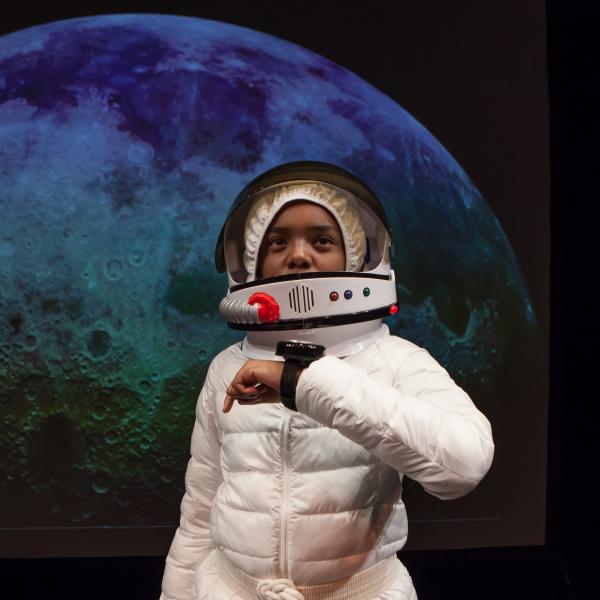Challenging Notions: Accessibility and the Arts

Tape Construction #3 (2014) by Stephen Proski, a visually impaired artist living in Kansas City, Missouri.
Proski uses pieces of tape and collage to create a textured approach to painting. Image courtesy of Stephen Proski
About this Issue
When the milestone Americans with Disabilities Act was passed on July 26, 1990, individuals with disabilities were guaranteed equal access to social realms that most of us take for granted: employment, public transportation, and commercial facilities such as shopping malls, restaurants, and hotels.
To celebrate the 25th anniversary of the law’s passage, this issue highlights organizations and individuals that capture the spirit of the law by making art accessible to every American—something the NEA supports and strives to achieve. We explore how museums bring visual art to those with limited sight, and how the Matheny Medical and Educational Center enables people with severe disabilities to create their own masterpieces. We also look at how acclaimed architect Michael Graves used his own disability to transform healthcare design, how theater can build confidence in children who stutter, and how the inaugural DisArt Festival is challenging people’s notions of what it means—and doesn’t mean—to be an artist with a disability.
According to our new Arts Data Profile #7, the 2012 Survey of Public Participation in the Arts showed that the nearly 28 million U.S. adults, or 12 percent of the adult population, who have some type of disability were equally likely as all adults to have engaged in some forms of arts participation, such as creating visual arts, doing creative writing, or consuming art via electronic media. Not every mind or body will experience art the same way. But every mind and body is entitled to the experience.
Included in this Issue








